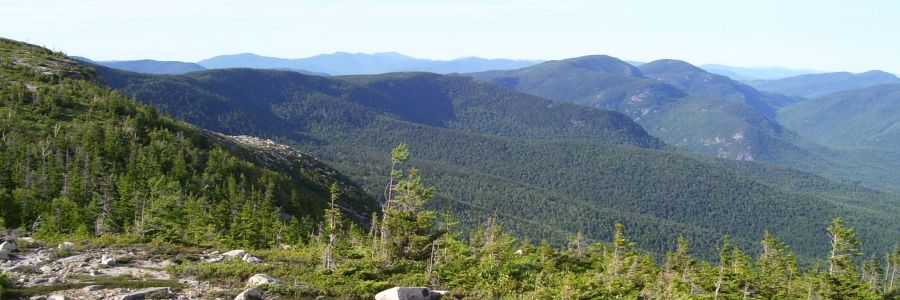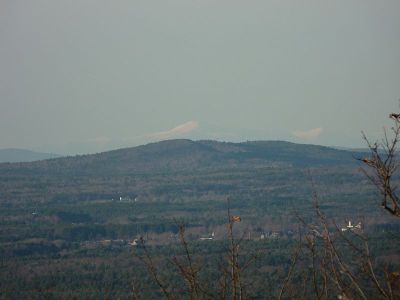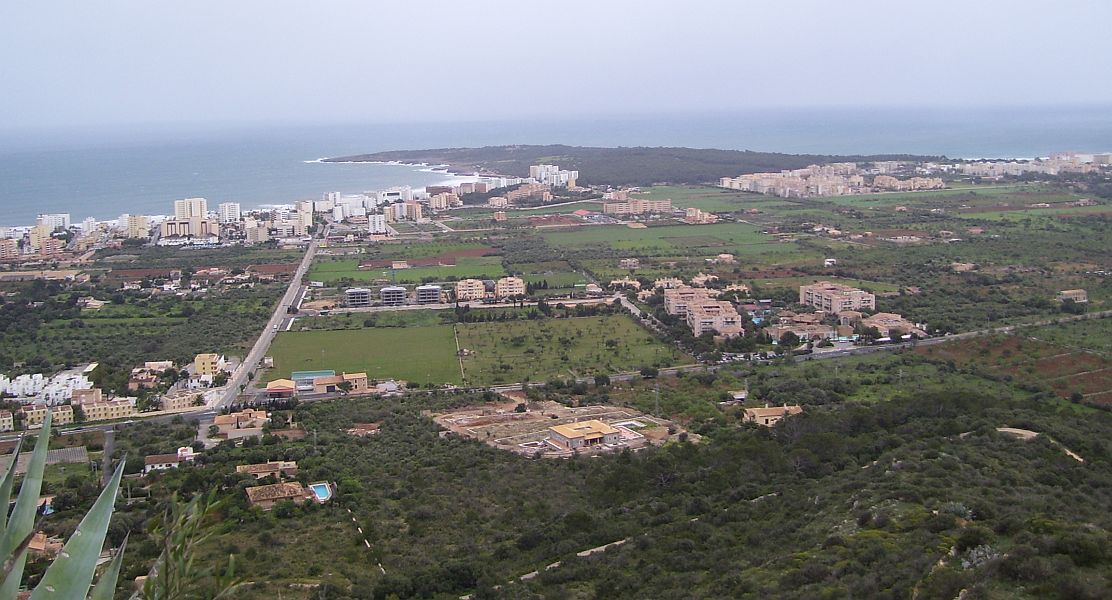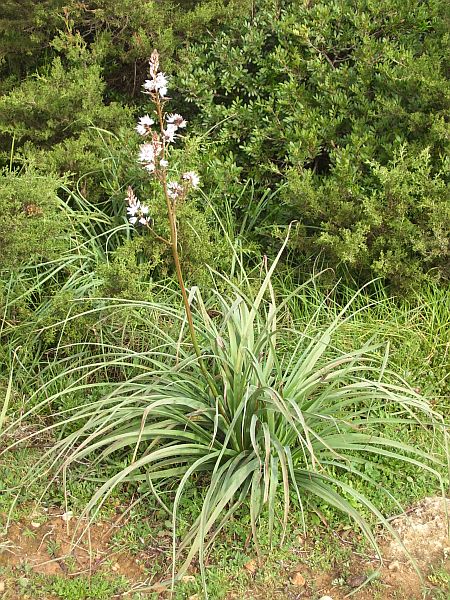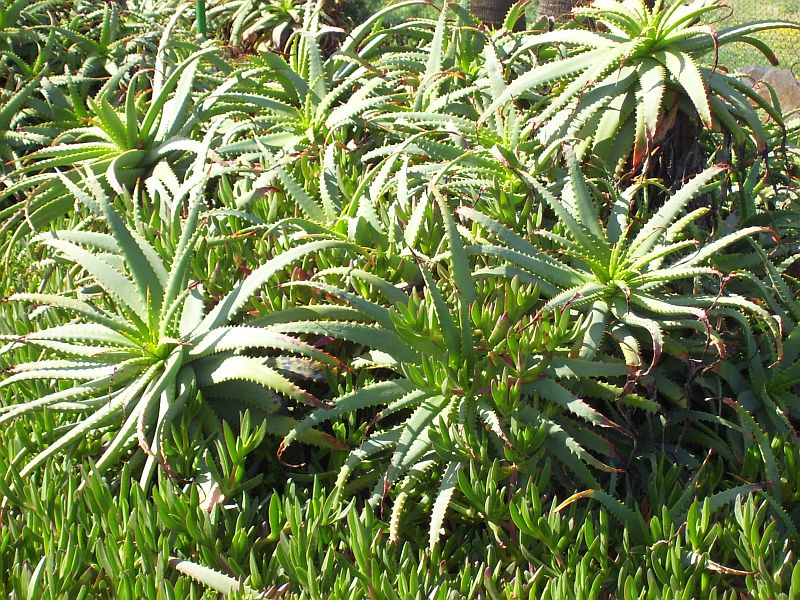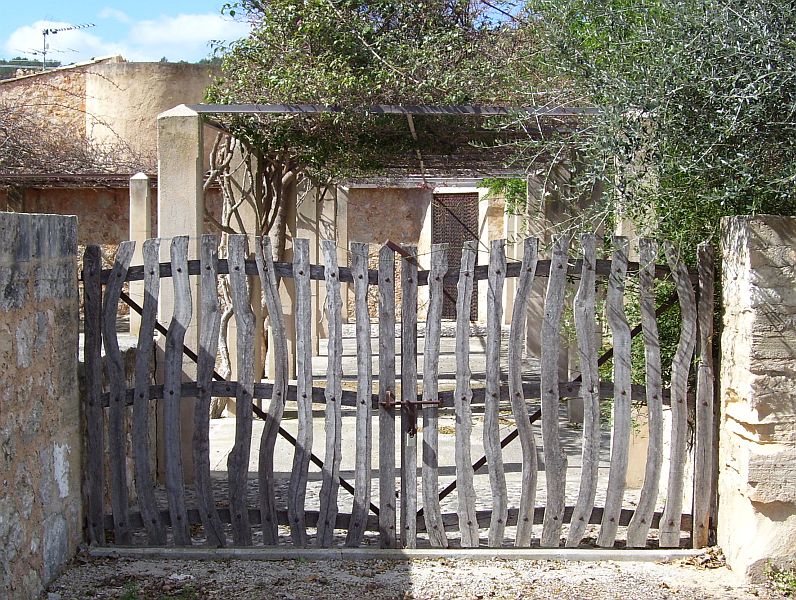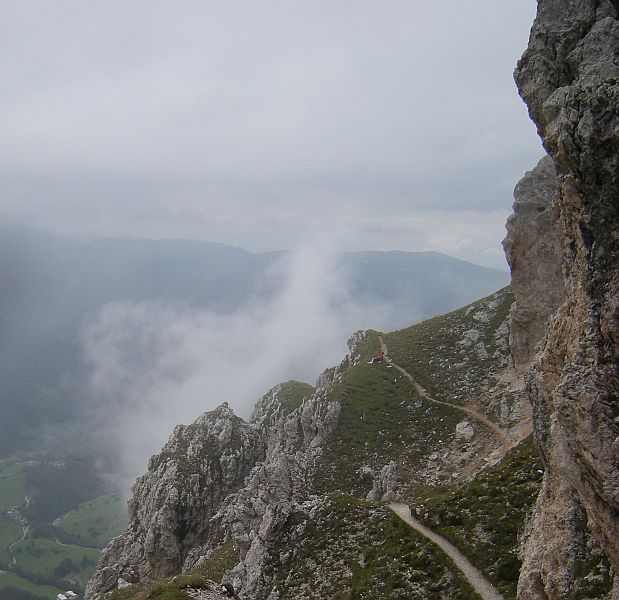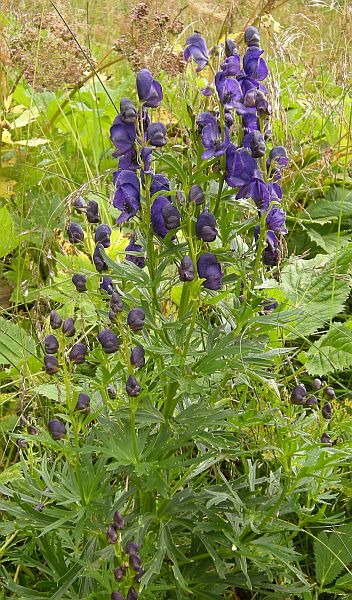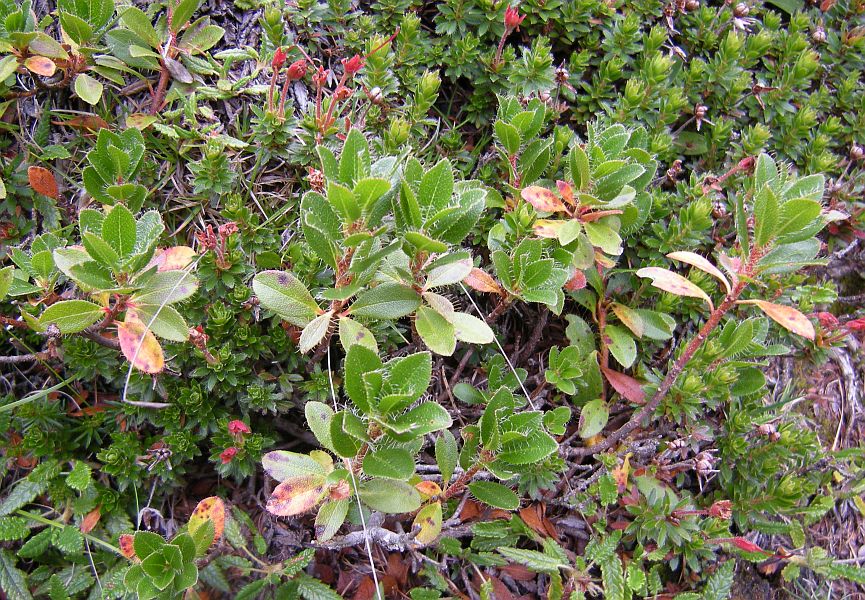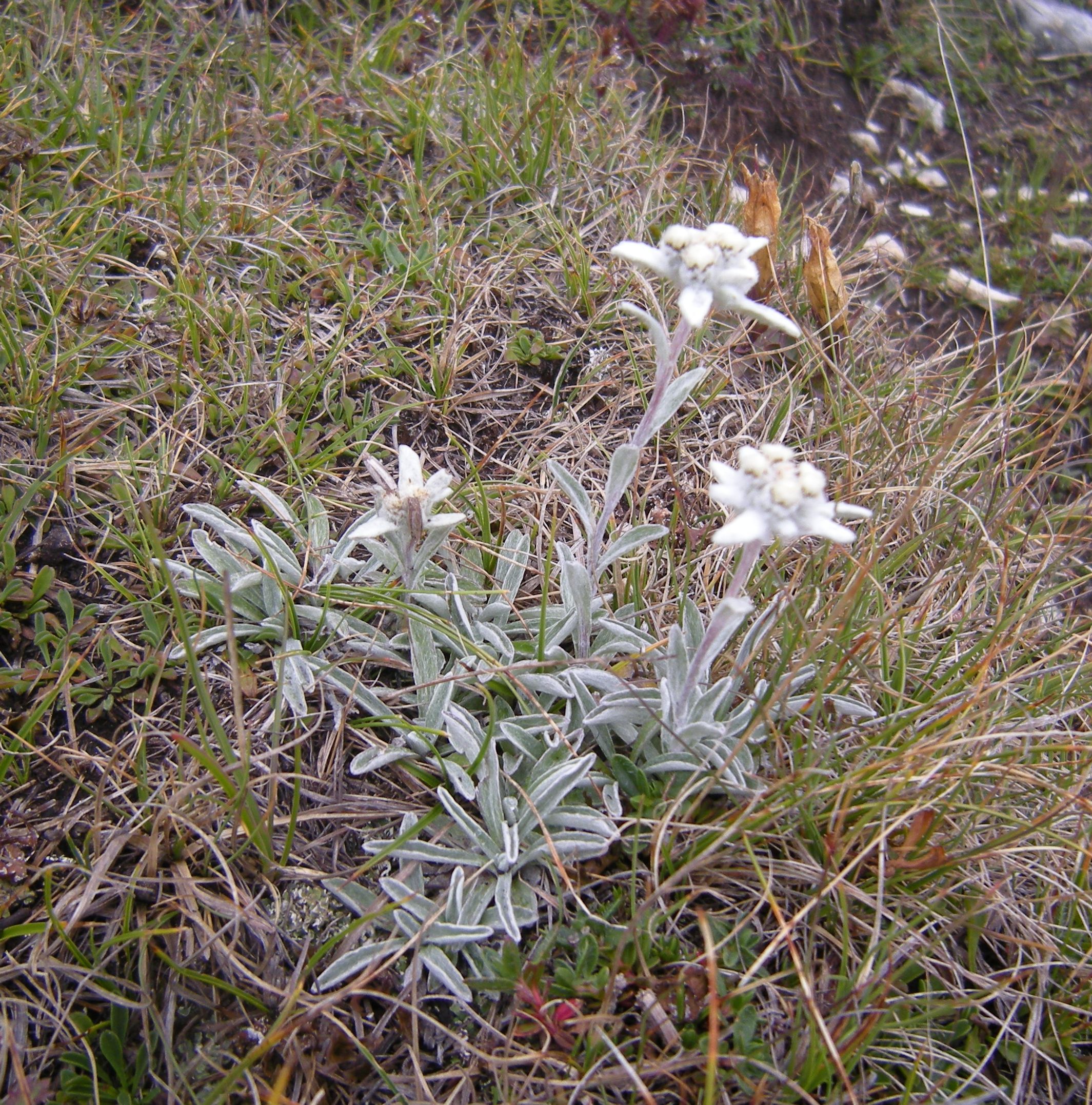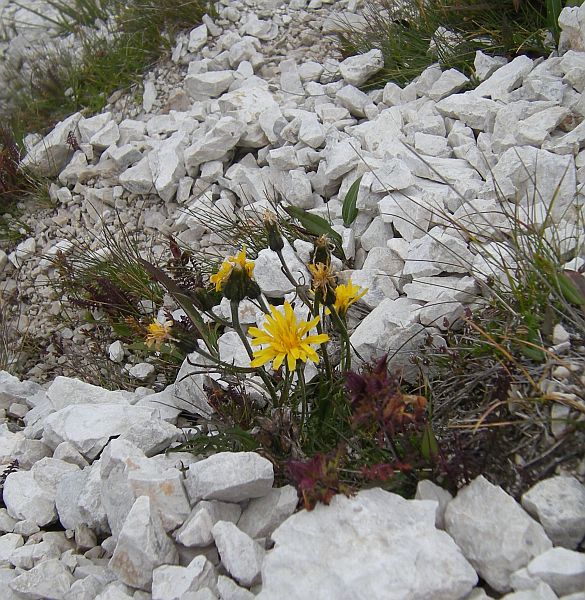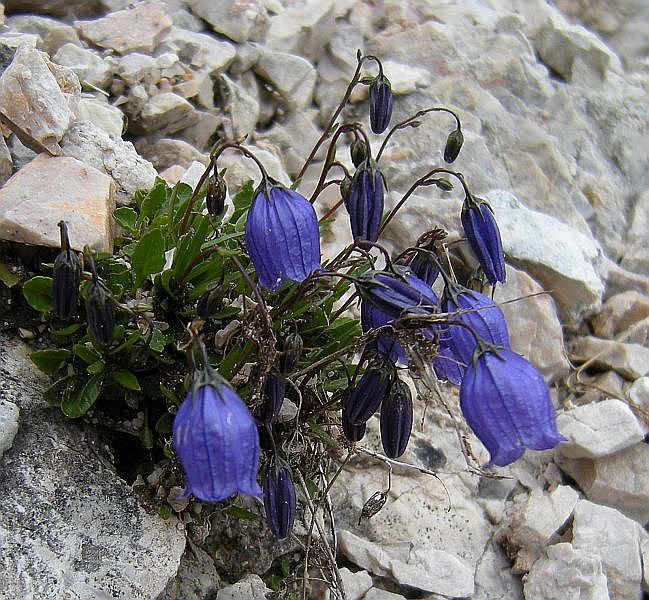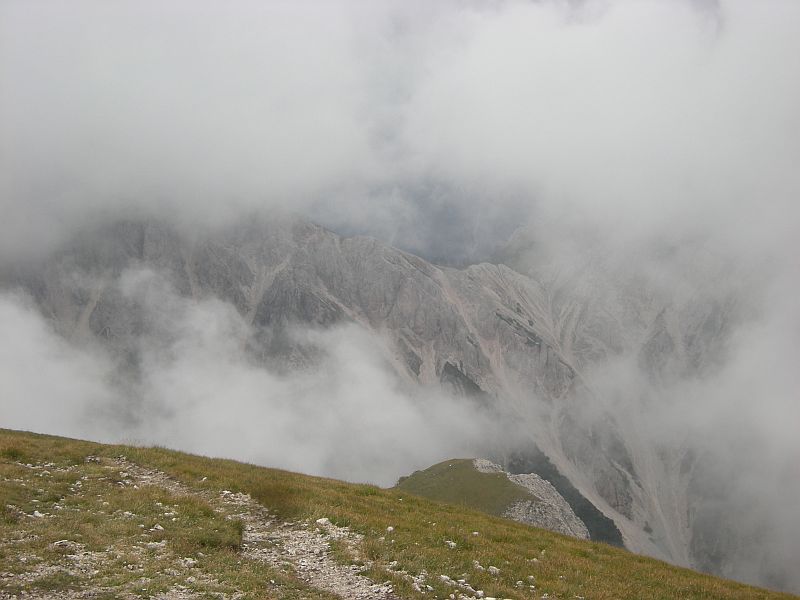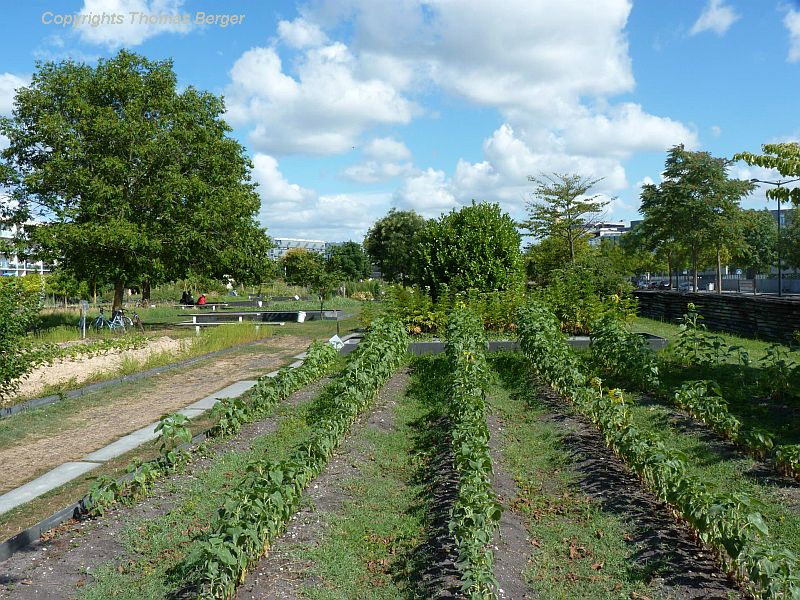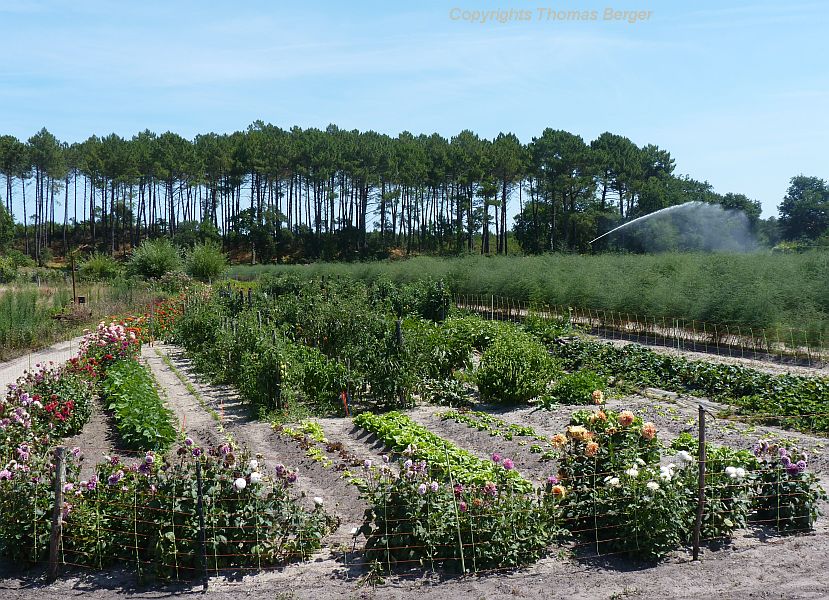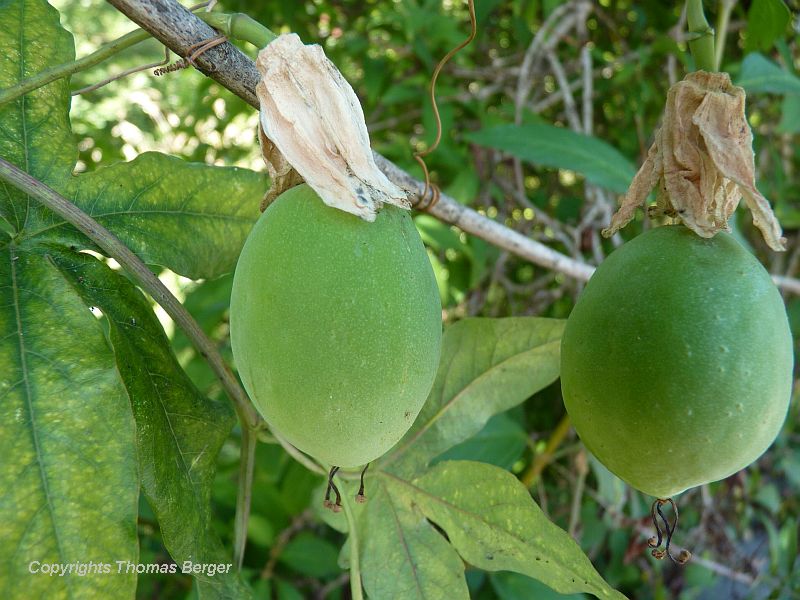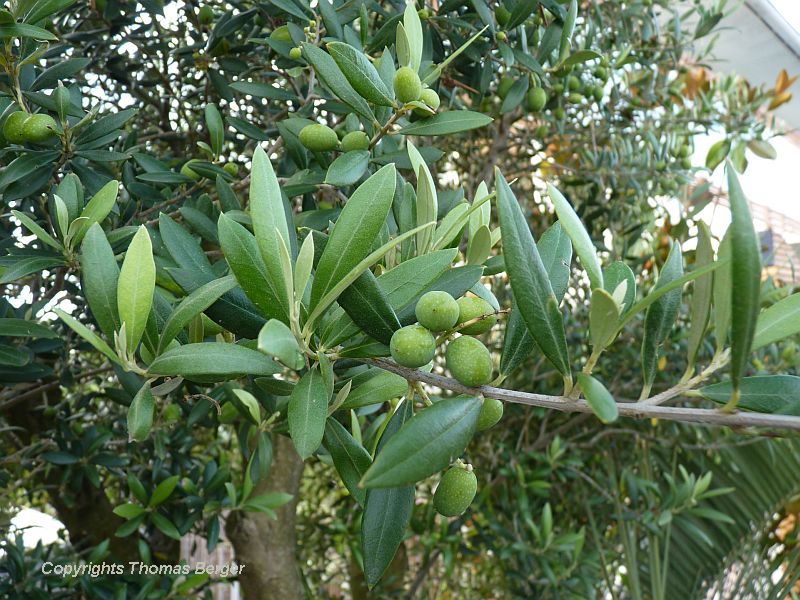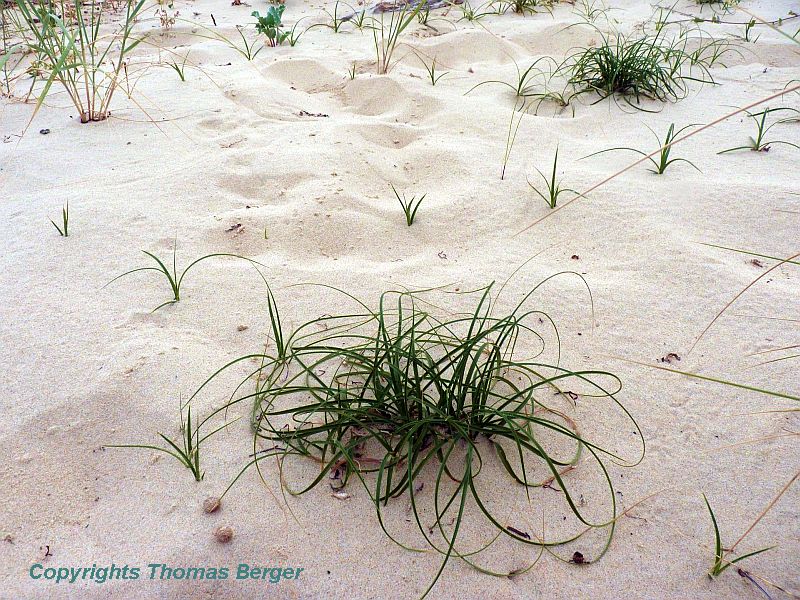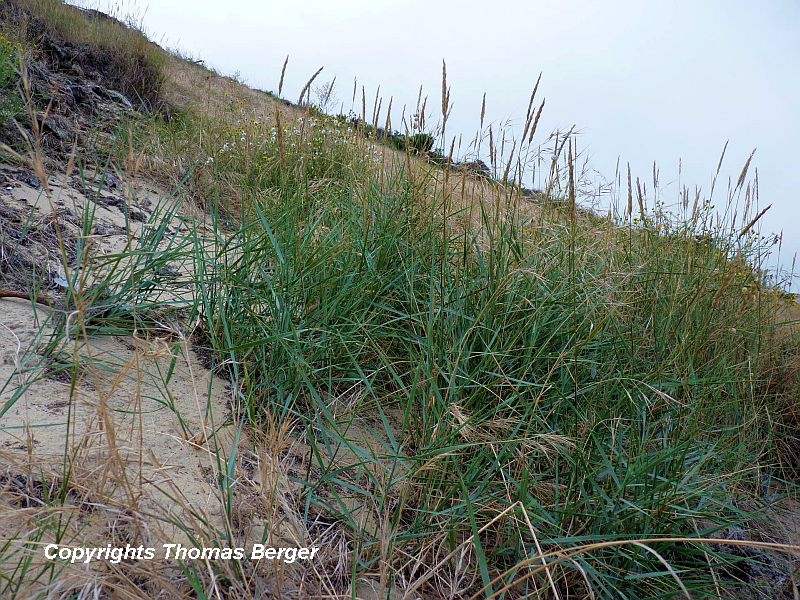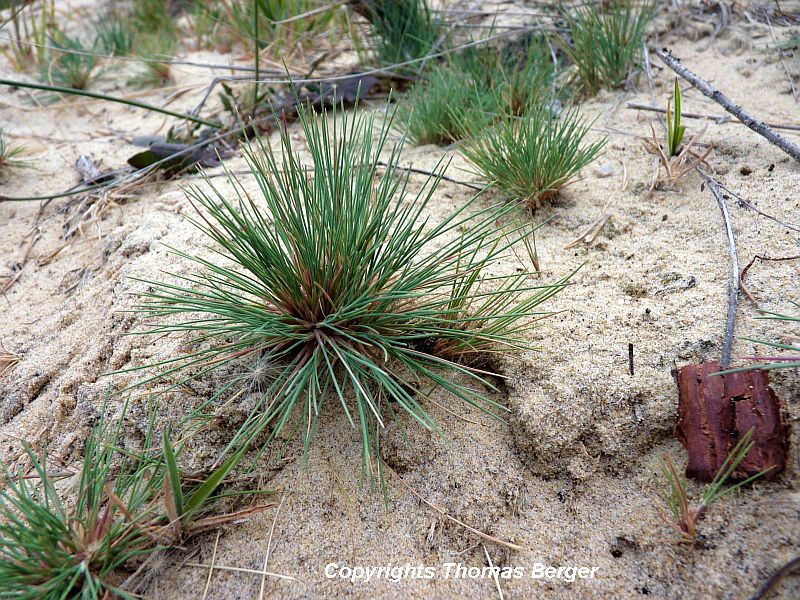The stone sculptor works with stone, of course. This may be a block cut in a quarry, or a rock that nature left in a random place and in a random shape.
From the beginning, the block is a material shaped by man's hand, cut, standardized, rectangular, and to some degree dispossessed of its original context and personality.
The random rock however is a product of the erosive forces of nature, burst from its ledge by frost and sun, shaped by glaciers and wind, smoothed by water and patinated by thousands of years of storage in the soil or at the bottom of a lake, settled by algae, lichen and mosses, and then again etched on the surface by the sun, rain, and the acids of roots.
The stone block is a material, while the rock, on the other hand, is an individual being, emerged from the struggle between inner cohesion and external destructive power - as a person who forms his personality in the current of time, crystallized from inner strengths and weaknesses, and the friction and chance of his environment.
The sculptor can tailor his quarried block into any desired shape, limited only by the brittleness of the material and the capabilities of his tools. In the case of the natural stone, on the other hand, he is required to respect the given character - he wants to use it for his sculpture and not destroy it.
In that moment the art no longer lies in the achievement of the perfect shape of any random block of stone, but in the recognition of the character, the individuality of a stone, and the sensitively brought about synthesis of the sculpted image from nature and art. The artists work is enhanced by the work that nature has already performed on the rock, manifesting in arbitrary shapes, eroded surfaces and organic patina.
The result is not achieved in a few weeks or month but over millions of years, and only recently completed by the artist.

